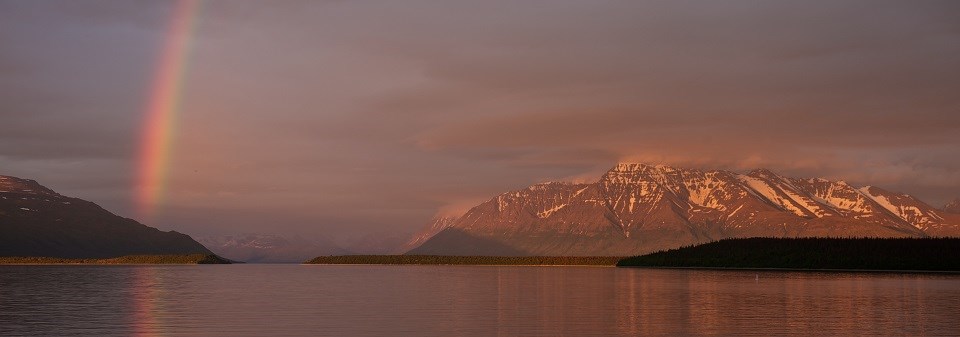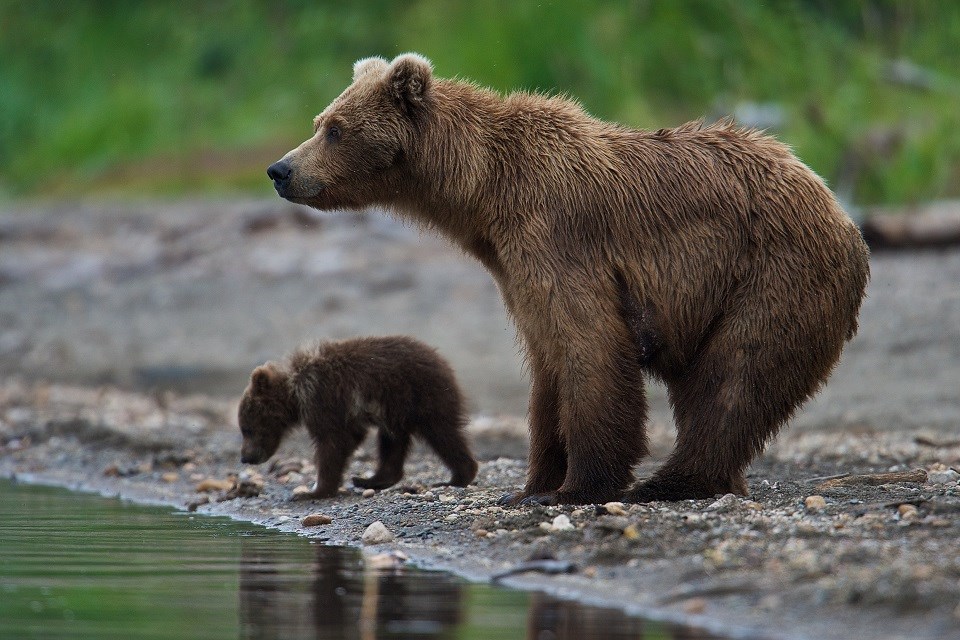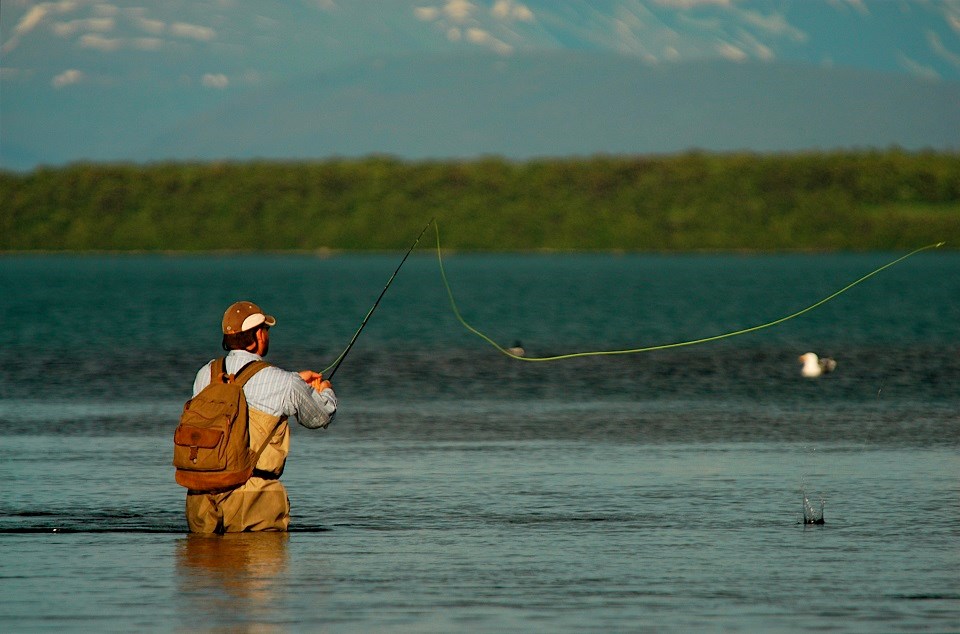Last updated: September 14, 2021
Article
National Park Getaway: Katmai National Park & Preserve
By Michael Fitz, Park Ranger, Katmai National Park and Preserve

NPS Photo / Roy Wood
Here you can explore the Valley of Ten Thousand Smokes, a 46-square-mile area created during the largest volcanic eruption of the 20th century. On June 6, 1912, Novarupta Volcano violently exploded. Over the next 60 hours, pyroclastic flows and surges buried a glacially-carved valley with ash and pumice, and ash darkened the skies over Kodiak for three days. Today, the landscape offers insights into the sudden changes caused by volcanic eruptions and well as the landscape's potential for ecological renewal. A ranger-led bus tour departs from Brooks Camp to the Valley every day in summer.

NPS Photo / Roy Wood
After two to three years in the ocean, sockeye salmon reverse the migration back to their natal streams to spawn. Faced with predators and disease throughout their lives, they face nearly insurmountable odds. A few are successful in their journey, reach their spawning site, mate, and die. A salmon's journey offers an incredible example of the drive to reproduce.
More bears than people inhabit the Katmai region. Here you can watch brown bears congregating and competing with one another for the land's bounty.
Abundant food, like salmon, allows Katmai's landscape to support some of the highest densities of brown bears on Earth. The Brooks River, for example, is world famous for its bear-watching opportunities. If you can't make it to the park, the next best thing is viewing the Brooks Camp Bearcams from the comfort of home. However you experience it, the drama and excitement of bears “fishing” for salmon is an unforgettable experience.

NPS Photo / Roy Wood
If you enjoy fishing, Katmai's lakes and streams offer wonderful sportfishing opportunities for rainbow trout, arctic grayling, arctic char, and salmon. Rainbow trout can grow to more than 30 inches in length!
Many people consider Katmai's remoteness to be an attractive characteristic, but the remote nature of the area requires careful planning to overcome logistical and accessibility challenges. Unlike most national parks in the United States, Katmai is accessed almost exclusively by plane or boat. Much of the area is rarely visited, and opportunities for incredible wilderness experiences abound. Other areas, such as Brooks Camp, are more easily accessed and have amenities like lodging and hot meals.
These parklands are open year-round for the adventurous. Numerous companies—more than 130 in and around Alagnak, Aniakchak, and Katmai—provide a variety of commercial visitor services, including transportation, guided day trips, guided multi-day trips, overnight accommodations and food services.
